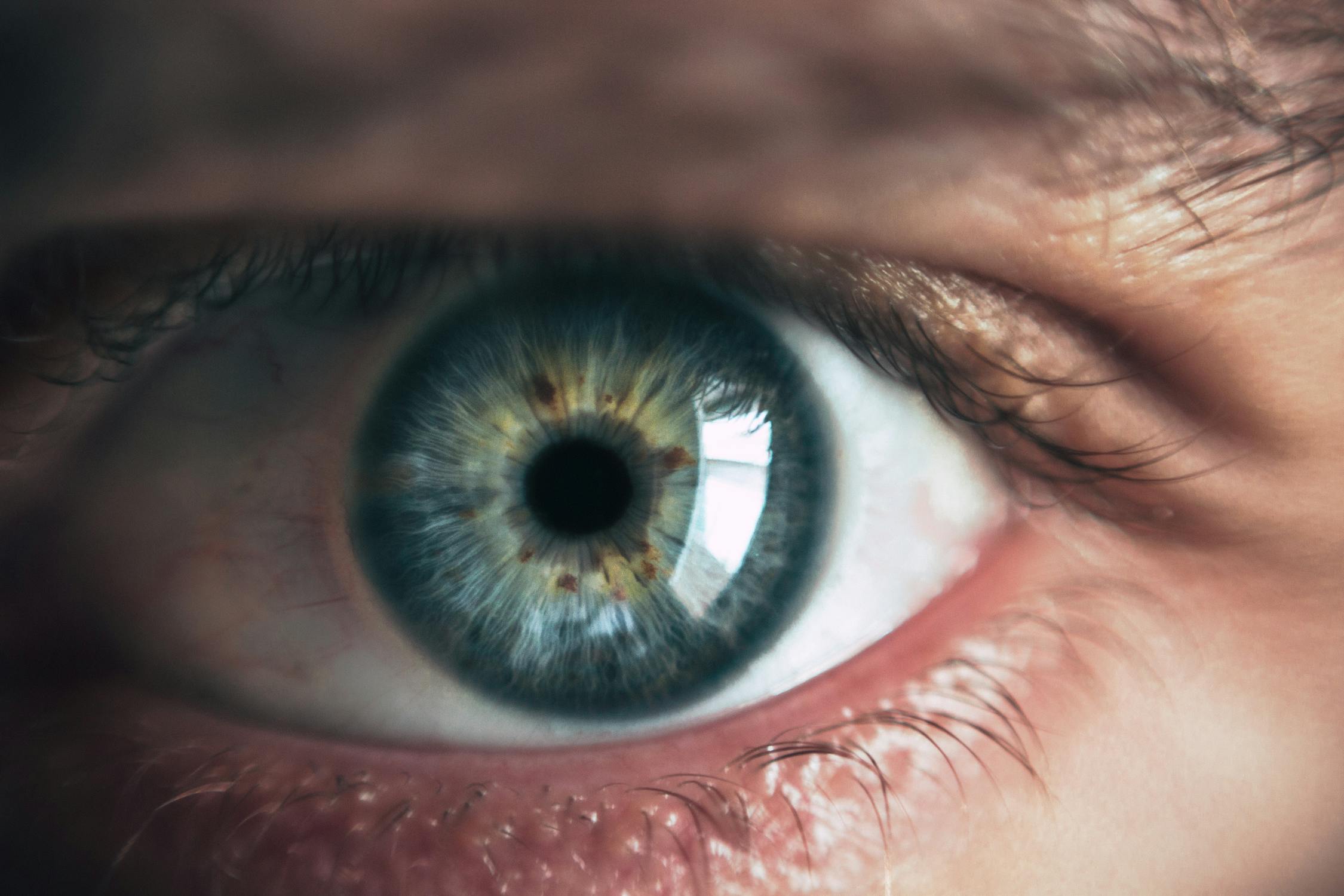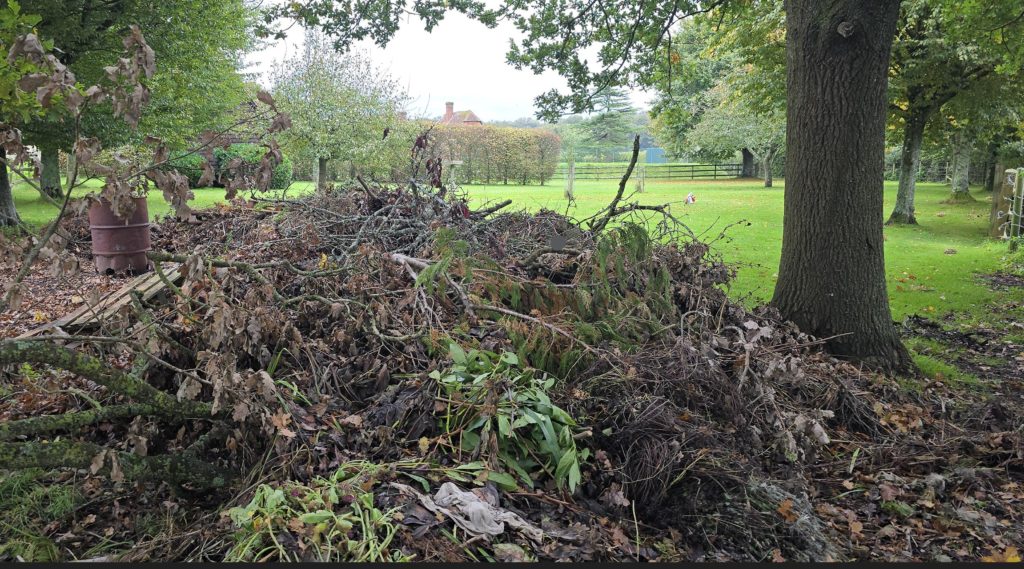We have a fun challenge for you today: spot the hidden dog! Have you ever found yourself completely captivated by an image that seems to warp and shift the longer you look at it? Optical illusions can do exactly that—they take something ordinary and turn it into a mind-bending puzzle. They’re a delightful way to challenge your perception, spark friendly debates, and even help you discover how different each person’s viewpoint can be. Some illusions may appear simple at first glance, but they often hide surprises that catch us off guard. Get ready to explore how our eyes and brains work together to create these fascinating tricks, and then we’ll dive into one especially puzzling canine-themed challenge.
How Our Eyes Perceive Optical Illusions

Our eyes are constantly taking in visual information, but they can only capture so much detail at once. Instead of seeing every tiny shape and color, we look for patterns that help us make sense of our surroundings quickly. This is why we’re prone to missing subtle elements in an image when our gaze is locked on something else. Sometimes, an illusion will play with contrast or shape in such a way that our eyes shift attention to the wrong spot. It’s only when we break our usual habits of looking that hidden details start to pop into view.
How the Brain Processes Visual Tricks

Even though our eyes do the initial work of detecting light and color, it’s the brain that decides what to do with all that information. It’s like a sophisticated processing center that sorts, categorizes, and interprets data based on previous experiences. If an image seems to contradict what we’ve learned, our brains can stumble, causing us to see something that isn’t really there—or fail to see what’s right in front of us. This is why illusions can trick even the smartest among us; our brains are trained to fill in gaps and make assumptions to save time. Once you realize how the mind contributes to these illusions, it’s easier to figure out why certain pictures keep us guessing.
A Puzzle That’s Got Everyone Talking

The dog you are trying to find in this image is an adorable cocker spaniel who clearly loves to play around in the brush. His owner was looking for him one day and could hear him rustling around but found it impossible to spot the little guy! So he took a few pics and a short video and posted it to Reddit to see if anyone else could help with the dilemma. It turns out, a few people definitely had eagle-eyes and they found the hidden dog immediately- while others certainly needed a few hints.
Can you Spot the Hidden Dog?

The moment people stumbled across this intriguing image, the internet lit up with chatter. Some viewers claim they spotted the sneaky cocker spaniel the instant they looked at the picture, while others needed a few hints to find the hidden dog. It’s fun to compare how quickly or slowly each of us notices the same figure—we all process visual cues in unique ways. Suddenly, entire friend groups and families were in an unspoken competition to see who could solve the riddle first. One of the best things about these puzzles is how they remind us just how diverse our perceptions can be.
When Your Mind Plays Tricks on You

Optical illusions often exploit the shortcuts our brains like to take. If there’s a bold outline or a contrasting color, we tend to focus on that first, missing the subtle details. Our minds also love to group shapes together, which can make a hidden figure blend right into the scenery. It’s almost like searching for a friend in a crowded stadium; you’re convinced they must stand out, but they somehow disappear into the crowd. That’s the wonder of illusions—they show us how easily we can overlook what’s right there in plain sight.
The Thrill of Finally Seeing It

There’s a special kind of satisfaction that comes from cracking a visual puzzle like this. The hidden dog might be tough to spot at first, but once it appears, it feels like you’ve just solved a mini-mystery. It’s the same rush you get when you’ve been staring at a “magic eye” poster and the 3D image finally emerges. You can practically feel your mind shift gears, letting go of old assumptions so the real picture can come forward. This triumphant moment of clarity is what keeps so many of us hooked on illusions.
Avoiding Frustration

If you find yourself getting annoyed while trying to spot a concealed figure, take comfort in knowing that’s part of the game. Often, stepping back or changing the way you look at an image can make all the difference. Instead of focusing on the most obvious shapes, try scanning the background or examining negative space. Little tricks like squinting, tilting your head, or looking at the picture upside down can reveal hidden forms. Before you know it, you’ll be wondering how you missed something so clear in the first place.
Sharing Your Discovery

It’s hard to keep a cool puzzle to yourself, so once you find the hidden dog, it’s natural to want to spread the fun around. Challenge a friend, sibling, or coworker—anyone who enjoys a good visual riddle. You’ll have a blast watching them go through all the same emotions you did, from confusion to triumph. It also sparks interesting conversations about how our brains can see the same thing so differently. Who knew sharing an image could lead to so many laughs and “aha!” moments?
A Handy Clue for the Stumped

If you’re still not seeing the cocker spaniel, focus on the brush in the foreground rather than scanning the distance. The dog’s fur stands out against the green leaves and twigs, but it’s easy to miss if you’re only giving it a quick glance. Zooming in might help you catch a glimpse of those fluffy ears—a telltale sign of this particular breed. We tend to search far and wide, forgetting that the real answer could be right under our noses. Once you spot that pop of contrasting color among the foliage, the cocker spaniel becomes impossible to overlook.
Looking at the Bigger Picture

Some illusions stick with us because they challenge our understanding of what’s real versus what our brains invent. If you still can’t pinpoint the hidden dog, remember that everyone’s perception is slightly different, and there’s no need to rush. Sooner or later, the shape will jump out at you, and you’ll be eager to show someone else just how simple it can be once you know what to look for. The greatest takeaway is that these puzzles are more than just a passing fad—they remind us how we each process the world in our own way. Keep that curiosity alive and don’t be afraid to dive into more illusions; you never know what you might discover next.
How Did You Do?

Now that you’ve learned a bit about how illusions work and tried your hand at this puzzling canine challenge, you’re primed for the next brain teaser that comes your way. Share the experience with friends to spread some fun and spark intriguing conversations about perception. It’s exciting to realize just how adaptable (and at times, gullible) our vision can be. Ultimately, these illusions remind us that there’s always more than meets the eye in our everyday surroundings. Happy puzzle-solving, and remember to keep looking for surprises in all the hidden corners of life!

